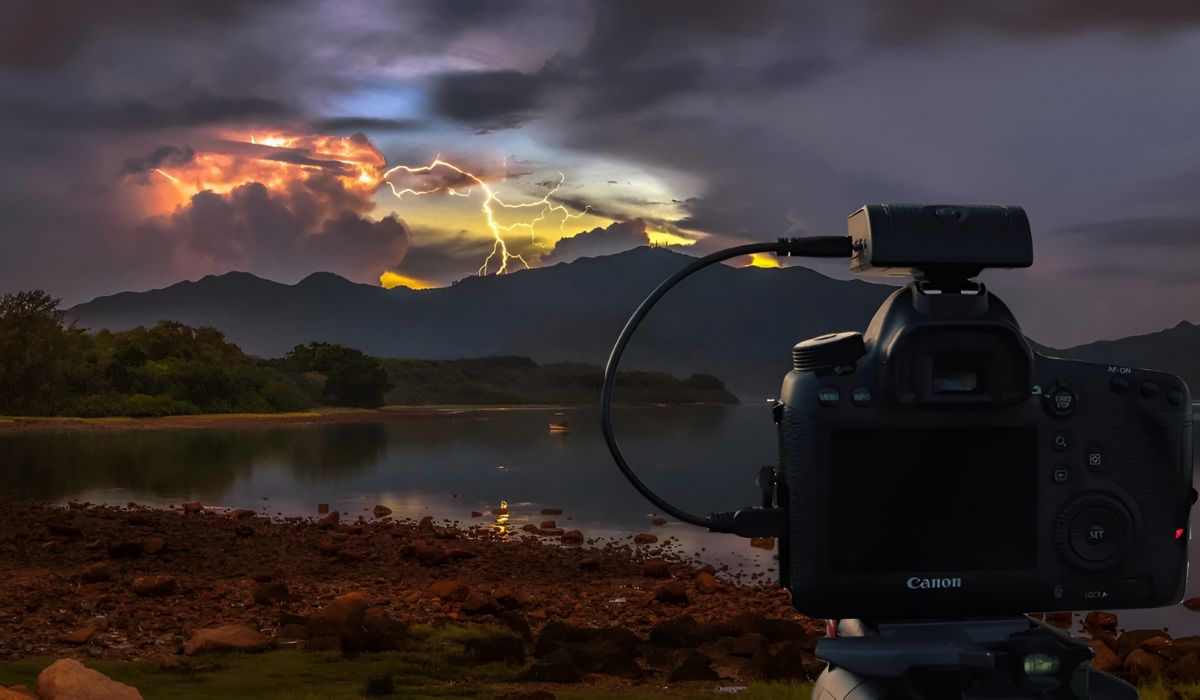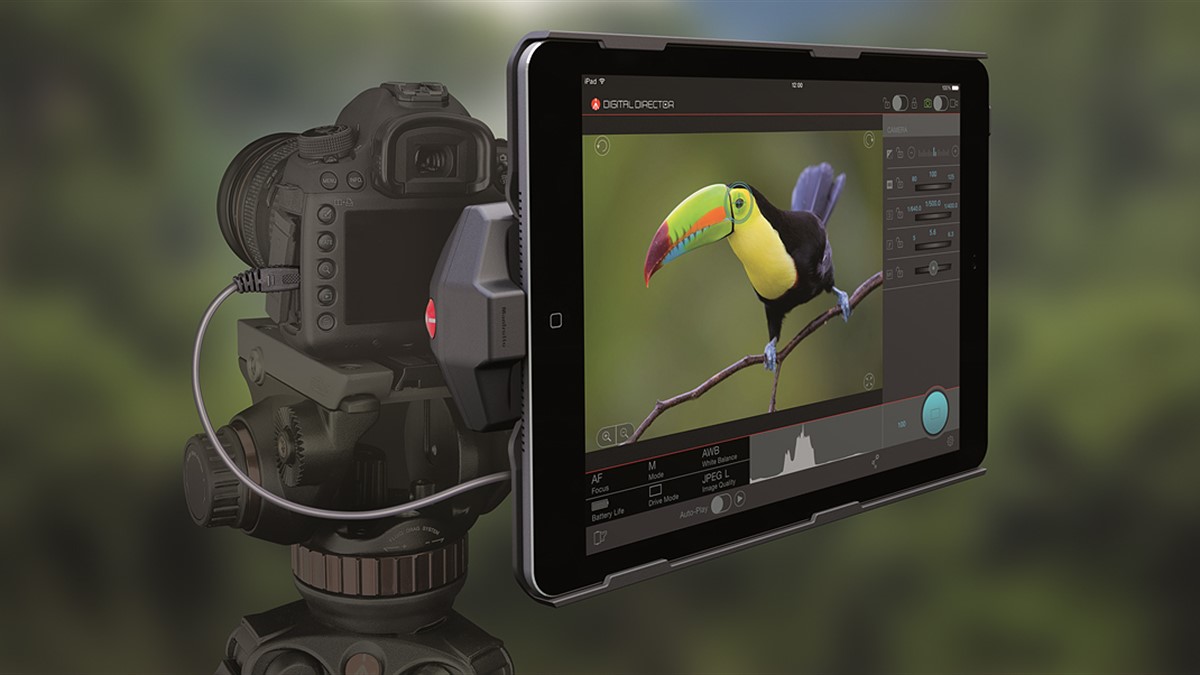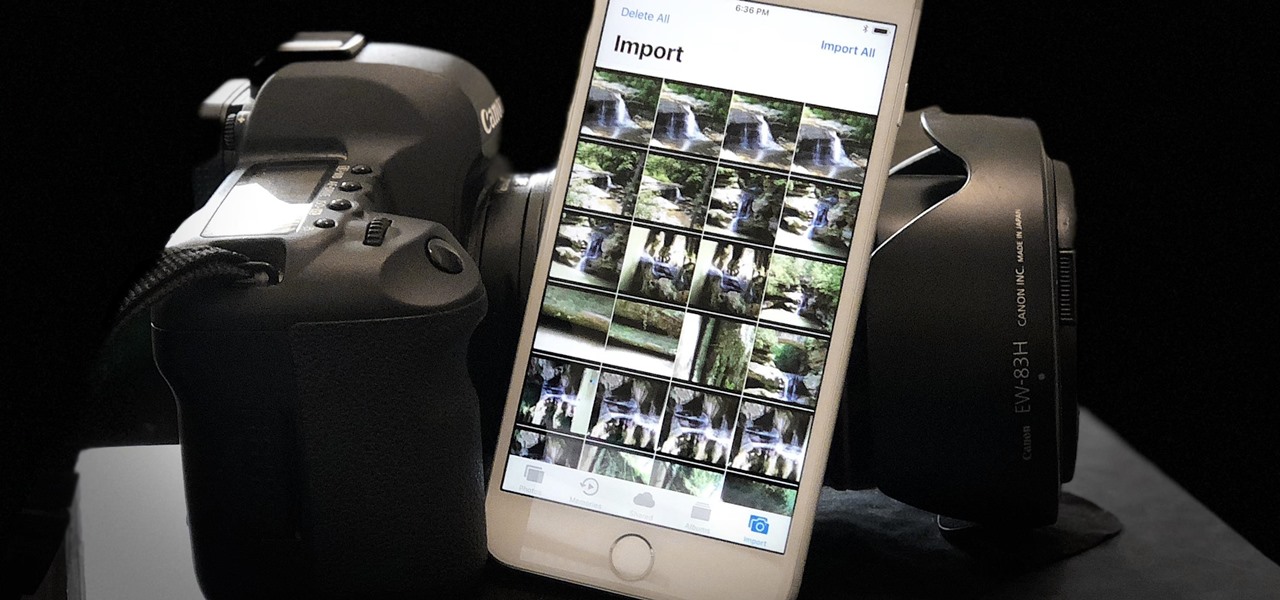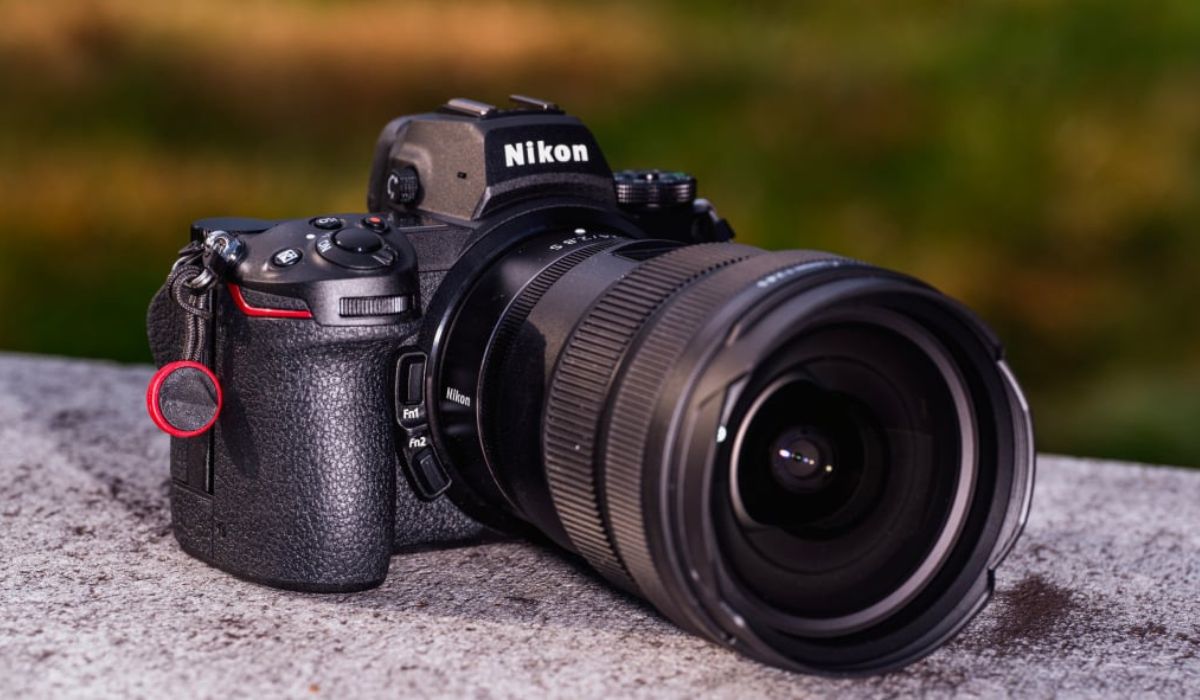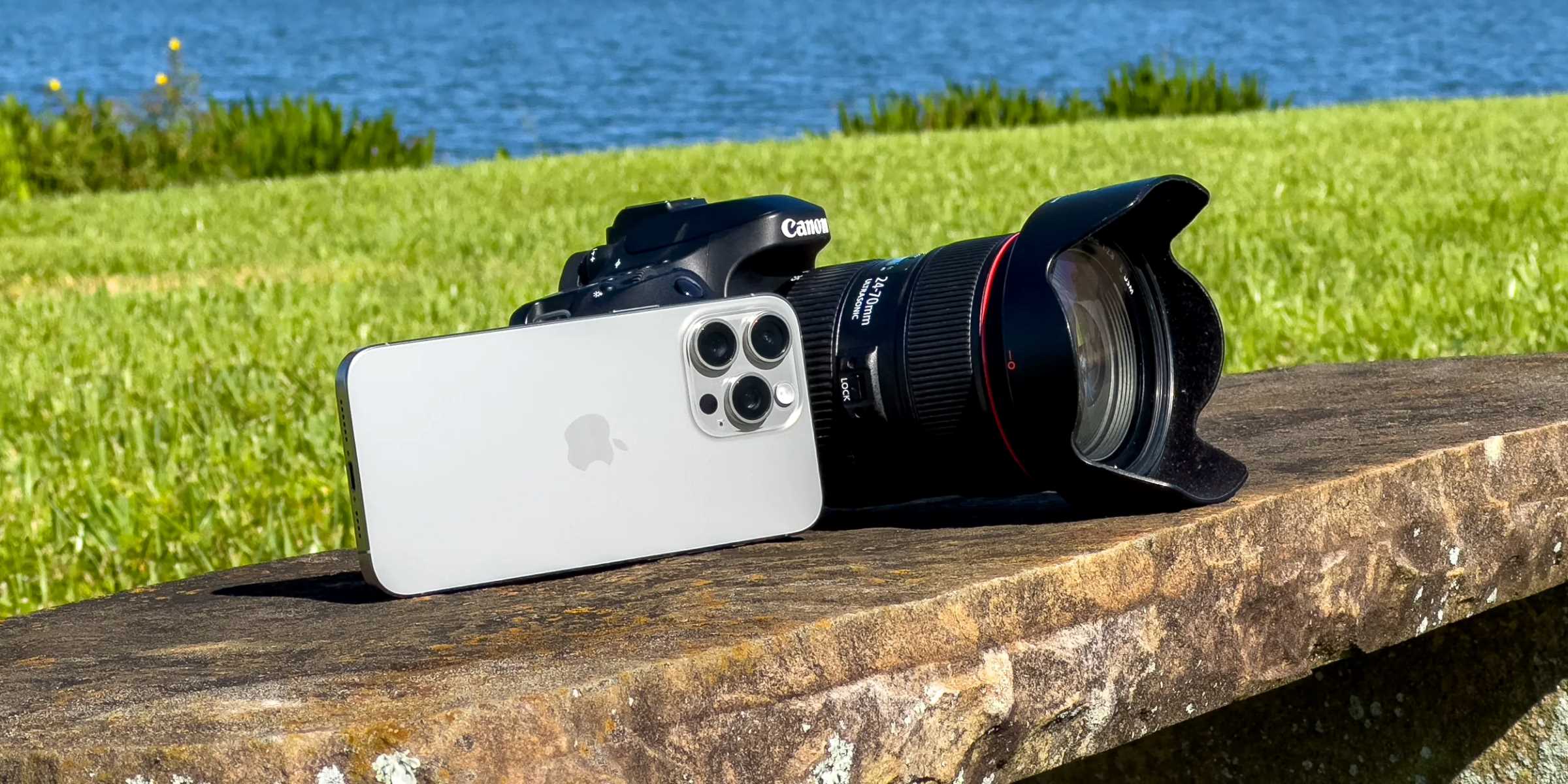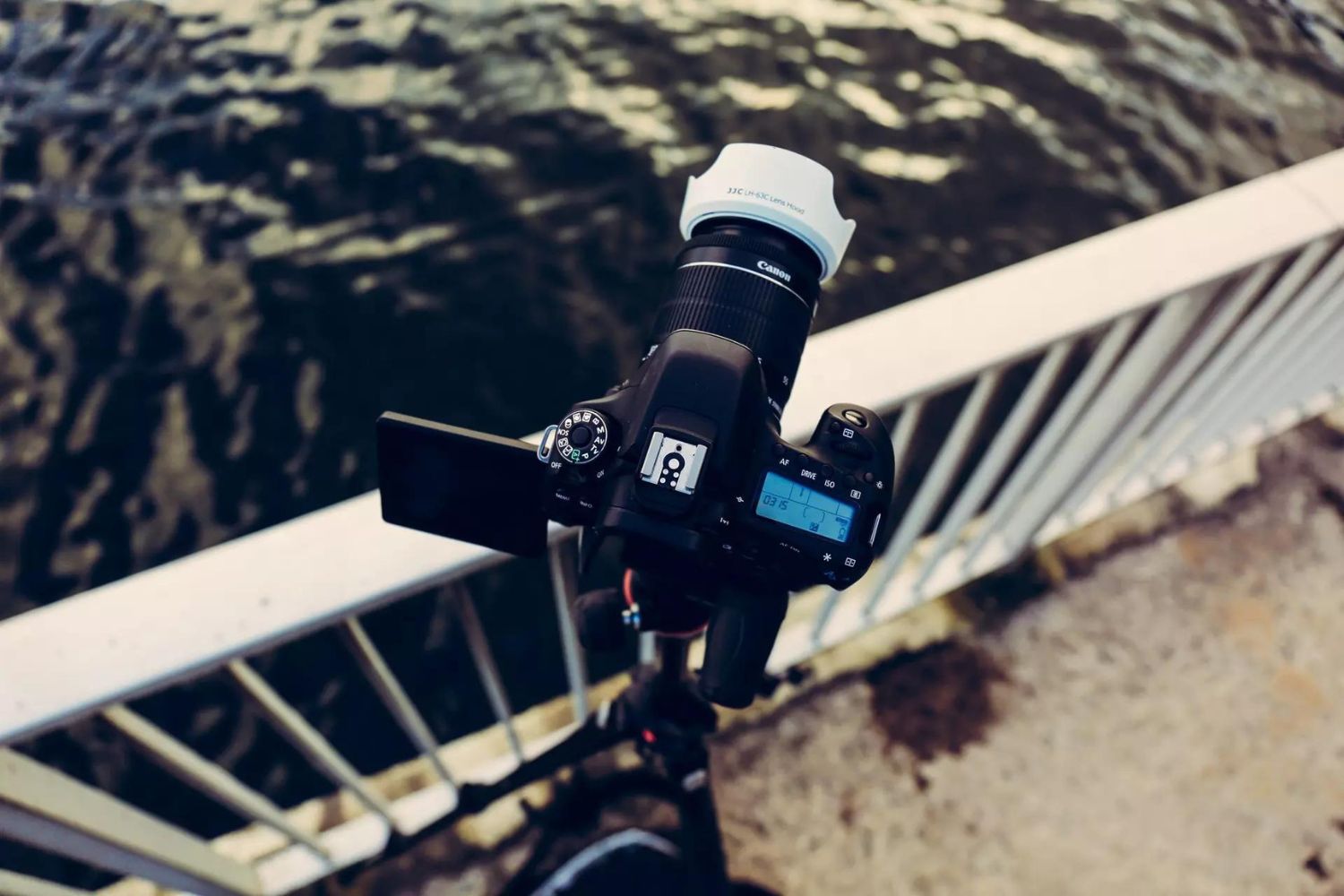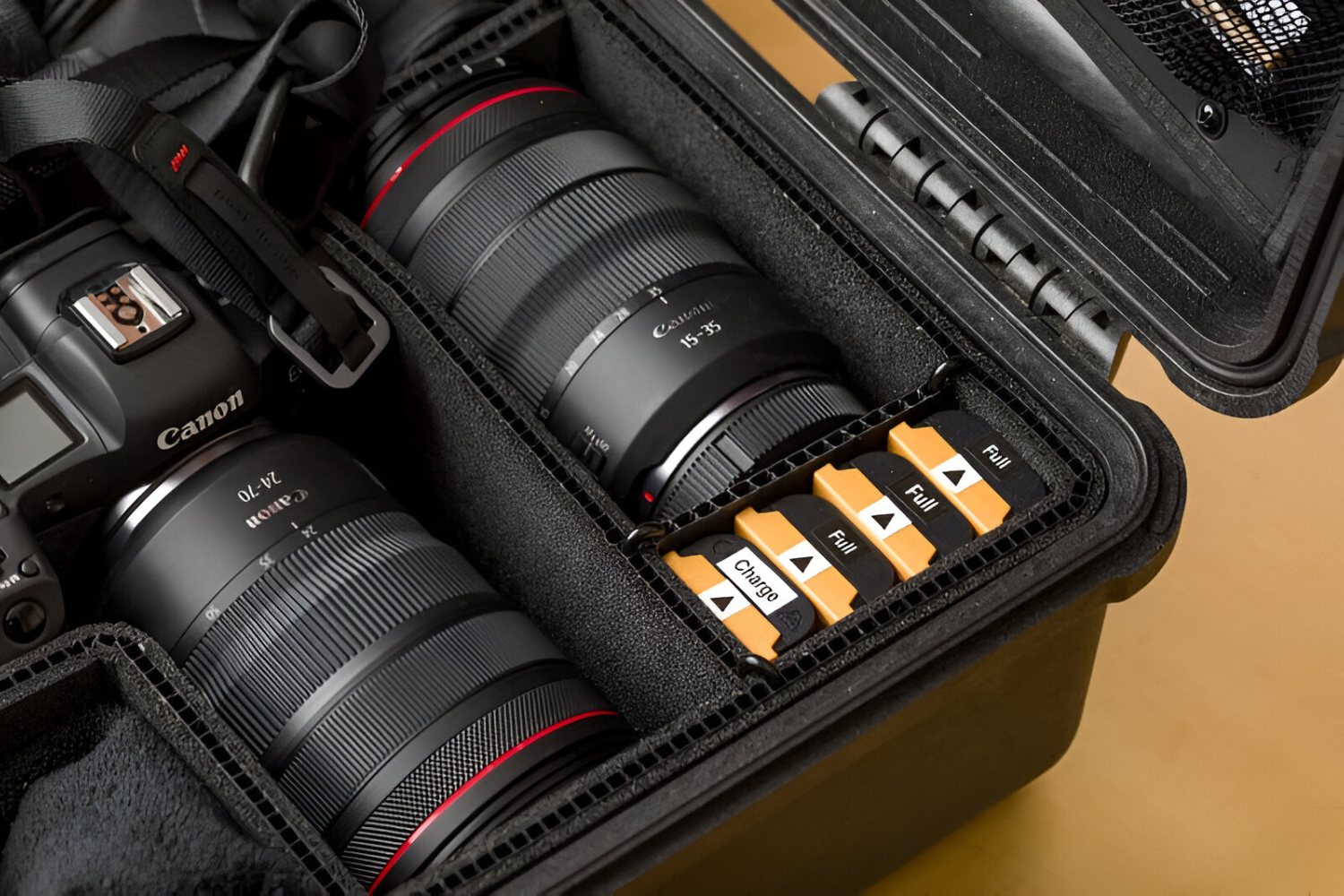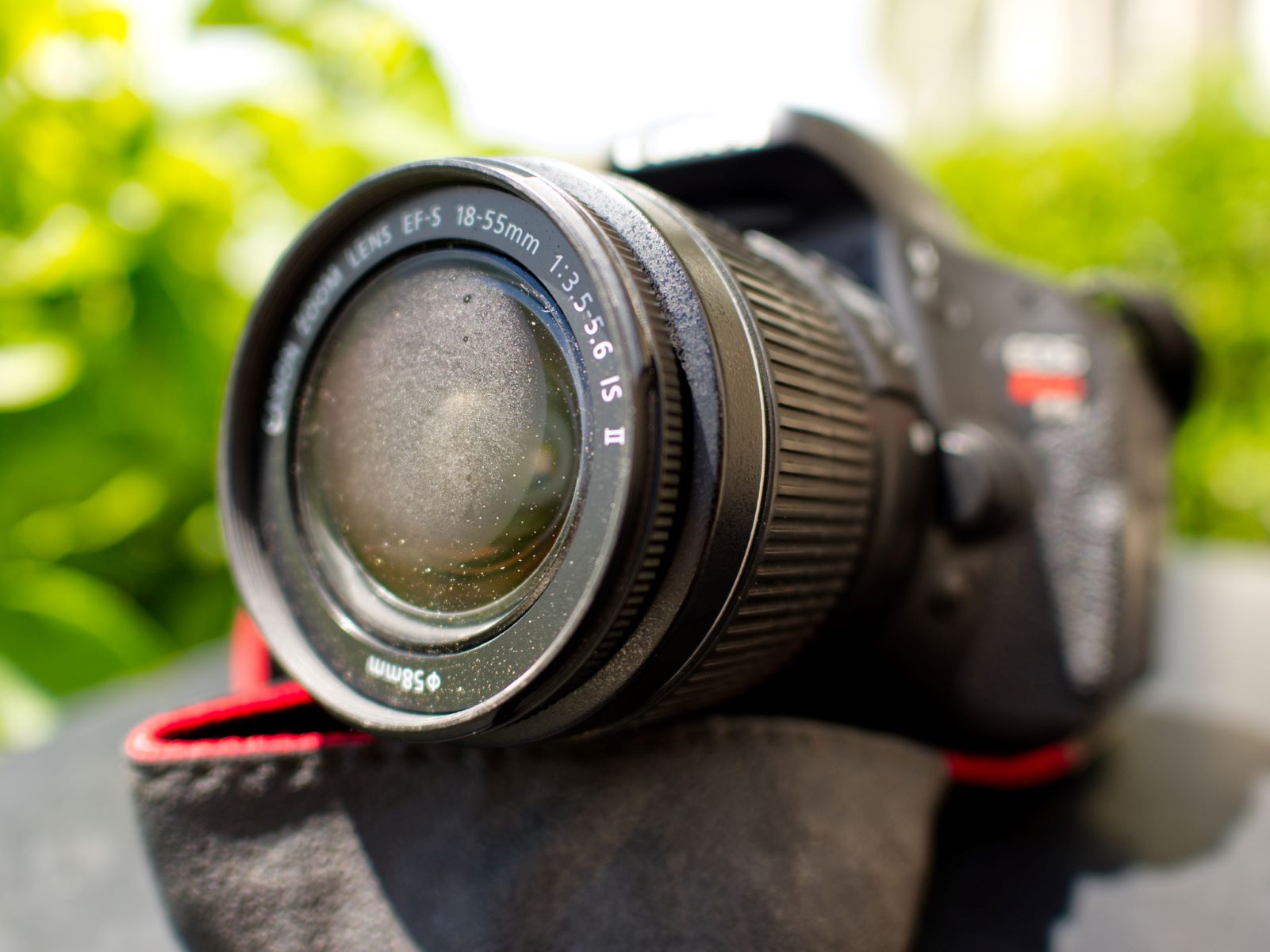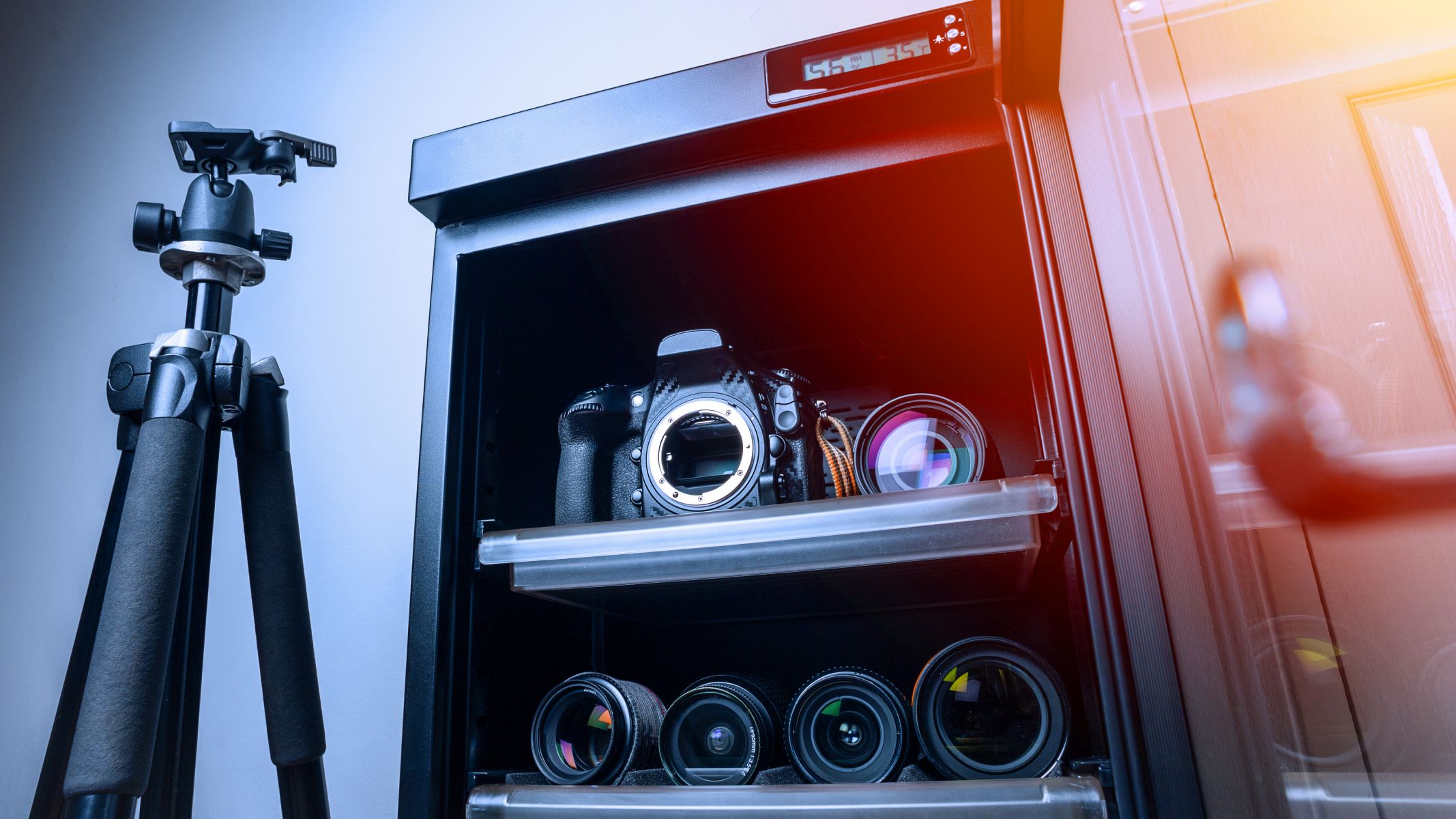Introduction
Understanding the Phenomenon of Heat Lightning
Have you ever witnessed a mesmerizing display of heat lightning on a warm summer night and wished you could capture its ethereal beauty with your DSLR camera? Heat lightning, often mistaken for regular lightning, is a fascinating natural phenomenon that occurs during hot, humid evenings. Unlike traditional lightning, heat lightning is not associated with thunderstorms in the immediate vicinity. Instead, it is the distant illumination of the sky caused by lightning occurring in a distant thunderstorm, too far away for the sound of thunder to be heard.
This captivating display of distant electrical storms can be a challenge to photograph, but with the right equipment, techniques, and a bit of patience, you can capture stunning images of this elusive natural spectacle. In this guide, we will explore the intricacies of heat lightning, delve into the essential considerations for selecting a DSLR camera and lens, and provide valuable insights into setting up your camera to capture this elusive phenomenon. Furthermore, we will discuss post-processing tips to enhance your heat lightning photographs, ensuring that your final images truly encapsulate the awe-inspiring beauty of this natural spectacle.
Join us on this journey as we unravel the mysteries of heat lightning photography, empowering you to embark on your own nocturnal adventures and capture the breathtaking essence of heat lightning with your DSLR camera. Let's embark on this enlightening expedition, delving into the captivating world of heat lightning photography and uncovering the secrets to capturing this celestial display with finesse and artistry.
Understanding Heat Lightning
Before embarking on the exhilarating journey of capturing heat lightning with your DSLR camera, it’s essential to comprehend the nature of this captivating natural phenomenon. Heat lightning, often misconstrued as a distinct type of lightning, is, in fact, the distant illumination of the sky resulting from lightning occurring in a distant thunderstorm. Unlike traditional lightning, which is accompanied by the audible rumble of thunder, heat lightning occurs so far away that the sound of thunder is indiscernible, creating a mesmerizing visual display without the accompanying auditory spectacle.
The term “heat lightning” is derived from the common occurrence of this phenomenon during hot, humid summer nights, accentuating its association with warm weather conditions. The distant flashes of light that characterize heat lightning are often visible on the horizon, painting the night sky with an otherworldly glow that captivates observers with its enigmatic allure.
Contrary to popular belief, heat lightning is not a distinct form of lightning, but rather a visual phenomenon resulting from the distance of the thunderstorm. The light emitted by the distant lightning travels through the atmosphere, creating a breathtaking visual spectacle that is both mystifying and enchanting. Understanding the unique characteristics of heat lightning, including its occurrence during hot, humid evenings and its association with distant thunderstorms, is fundamental to successfully capturing its ephemeral beauty with a DSLR camera.
By comprehending the nature of heat lightning and the atmospheric conditions conducive to its occurrence, photographers can prepare themselves to embark on nocturnal expeditions equipped with the knowledge and insight necessary to capture this celestial display. Armed with this understanding, you are ready to explore the next crucial step in this captivating journey: selecting the ideal DSLR camera to effectively capture the elusive essence of heat lightning.
Choosing the Right DSLR Camera
When venturing into the realm of heat lightning photography, selecting the right DSLR camera is paramount to capturing the intricate details and ethereal beauty of this natural phenomenon. The ideal DSLR camera for heat lightning photography should possess certain features and capabilities that enable you to effectively capture the distant flashes of light with precision and clarity.
One of the primary considerations when choosing a DSLR camera for heat lightning photography is its low-light performance. Since heat lightning often occurs during nighttime, a camera with exceptional low-light capabilities is essential for capturing the subtle luminance of distant electrical storms. Look for a DSLR camera with a high ISO range and low noise performance, allowing you to capture crisp and detailed images even in challenging lighting conditions.
Furthermore, the ability to manually adjust exposure settings is crucial for heat lightning photography. A DSLR camera with manual exposure controls empowers you to fine-tune the camera settings to adapt to the dynamic and unpredictable nature of heat lightning, ensuring that you can capture the fleeting bursts of light with precision and artistry.
Another essential feature to consider is the camera’s autofocus performance in low-light conditions. Opt for a DSLR camera with reliable autofocus capabilities that remain effective in dimly lit environments, enabling you to swiftly and accurately focus on the distant flashes of heat lightning without compromising image quality.
Additionally, the durability and weather-sealing of the DSLR camera are vital considerations, especially when embarking on nocturnal photography expeditions. Since heat lightning often occurs during inclement weather, a weather-sealed camera provides protection against environmental elements, allowing you to confidently capture this natural spectacle without concerns about the camera’s integrity.
By carefully evaluating these essential features and capabilities, you can select a DSLR camera that is well-suited to the unique challenges of heat lightning photography, empowering you to embark on nocturnal adventures with the confidence that your camera is equipped to capture the mesmerizing beauty of distant electrical storms.
Selecting the Ideal Lens
Choosing the right lens is a critical aspect of heat lightning photography, as it significantly influences the composition, clarity, and visual impact of the captured images. When selecting a lens for capturing heat lightning with your DSLR camera, several key factors should be considered to ensure optimal results.
First and foremost, the focal length of the lens plays a pivotal role in heat lightning photography. Opt for a lens with a focal length that allows you to effectively frame the distant flashes of light while capturing the expansive beauty of the night sky. A wide-angle lens, such as a 24mm or 35mm prime lens, can provide a broader field of view, allowing you to encompass the sprawling expanse of the night sky and capture the mesmerizing display of heat lightning against the celestial backdrop.
Furthermore, the aperture of the lens is a crucial consideration for heat lightning photography. A wide aperture, denoted by a lower f-stop number, enables the lens to gather more light, making it particularly advantageous for capturing the faint luminance of distant electrical storms during nighttime. Additionally, a wide aperture facilitates the creation of stunning visual effects, such as bokeh, which can enhance the aesthetic appeal of heat lightning photographs, adding a touch of artistry to the captured imagery.
Another essential aspect to consider is the lens’s optical quality and aberration control. Choose a lens renowned for its exceptional optical performance, minimal distortion, and effective control of chromatic aberrations, ensuring that the captured images exhibit remarkable clarity, sharpness, and color fidelity. This is particularly important when photographing distant subjects such as heat lightning, as it allows you to preserve the intricate details and luminous nuances of the celestial display.
Additionally, the build quality and weather-sealing of the lens are vital considerations, especially when venturing into outdoor environments to capture heat lightning. A robust, weather-sealed lens provides durability and protection against environmental elements, allowing you to pursue your nocturnal photographic endeavors with confidence, knowing that your lens can withstand the rigors of inclement weather conditions.
By carefully evaluating these crucial factors and selecting a lens that aligns with the unique demands of heat lightning photography, you can equip yourself with the optical tools necessary to capture the elusive beauty of distant electrical storms with precision, artistry, and visual splendor.
Setting Up Your Camera
Properly configuring your DSLR camera is essential to effectively capture the mesmerizing beauty of heat lightning. By meticulously setting up your camera, you can optimize its performance and adapt it to the unique challenges posed by nocturnal photography, ensuring that you are well-prepared to seize the fleeting moments of distant electrical storms with finesse and precision.
Begin by selecting a sturdy tripod to stabilize your camera during the capture of heat lightning. A reliable tripod provides the essential stability required for long exposure photography, minimizing camera shake and ensuring that your images are sharp and devoid of blur. Additionally, consider using a remote shutter release or the camera’s self-timer function to trigger the shutter without physically touching the camera, further reducing the risk of introducing vibrations that could compromise image quality.
Next, configure your camera’s settings to accommodate the low-light conditions characteristic of heat lightning photography. Set the camera to manual mode, enabling you to take full control of the exposure settings and adapt them to the dynamic luminance of distant electrical storms. Adjust the ISO to a level that balances optimal image brightness with minimal noise, taking advantage of the camera’s low-light capabilities to capture the subtle radiance of heat lightning with clarity and precision.
When setting the aperture, consider using a wide aperture to gather ample light and create striking visual effects, such as bokeh, that enhance the ethereal allure of heat lightning photographs. Additionally, adjust the shutter speed to achieve the desired exposure, taking into account the luminance and frequency of the distant flashes to effectively capture the elusive beauty of heat lightning.
Furthermore, activate the camera’s long exposure noise reduction feature to mitigate the impact of digital noise in long exposure images, ensuring that your heat lightning photographs exhibit exceptional clarity and fidelity. Additionally, consider enabling the camera’s mirror lock-up function, if available, to further minimize vibrations and enhance the overall sharpness of the captured imagery.
By meticulously setting up your camera and optimizing its configuration for heat lightning photography, you can position yourself for success when venturing into the nocturnal realm to capture the captivating essence of distant electrical storms. With your camera poised and primed for the spectacle of heat lightning, you are ready to embark on a journey of nocturnal exploration, armed with the technical prowess and artistic vision to immortalize the ephemeral beauty of this natural phenomenon.
Capturing Heat Lightning
As you venture into the realm of heat lightning photography, the process of capturing this mesmerizing natural phenomenon with your DSLR camera requires a blend of technical proficiency, artistic vision, and a keen understanding of the nocturnal environment. Embrace the nocturnal ambiance and immerse yourself in the captivating dance of distant electrical storms, poised to seize the fleeting moments of luminous splendor with finesse and creativity.
Position yourself in a vantage point that offers an unobstructed view of the horizon, allowing you to witness the distant flashes of heat lightning against the expansive canvas of the night sky. Survey the atmospheric conditions and anticipate the direction from which the electrical storms emanate, enabling you to orient your camera and frame the composition to encompass the celestial theater where the captivating display unfolds.
With your camera mounted on a stable tripod and the exposure settings meticulously configured to accommodate the low-light conditions, await the intermittent bursts of heat lightning, ready to engage the shutter and immortalize the ephemeral radiance that graces the nocturnal firmament. Exercise patience and attentiveness, attuned to the rhythmic cadence of the distant electrical storms, and be prepared to capture the transient luminance with precision and artistry.
When the distant flashes illuminate the horizon, engage the shutter and unleash the creative potential of your DSLR camera, seizing the fleeting moments of heat lightning with a series of exposures that encapsulate the celestial spectacle. Experiment with varying exposure times to capture the nuanced luminance and dynamic interplay of light that characterizes heat lightning, allowing your artistic vision to guide the composition and visual narrative of each image.
Embrace the unpredictability of heat lightning photography, allowing each captured moment to convey the enigmatic essence of this natural phenomenon. Harness the interplay of light and shadow, the ethereal glow of distant electrical storms, and the grandeur of the night sky to craft images that transcend the ordinary, evoking a sense of wonder and reverence for the celestial ballet unfolding on the distant horizon.
With each click of the shutter, you immortalize the transient beauty of heat lightning, weaving a visual tapestry that embodies the mystique and allure of nocturnal photography. Embrace the nocturnal symphony of light and atmosphere, allowing your camera to become a conduit for the ethereal radiance that graces the night sky, and revel in the artistry of capturing the elusive essence of heat lightning with finesse and ingenuity.
Post-Processing Tips
After capturing the captivating essence of heat lightning with your DSLR camera, the post-processing stage presents an opportunity to refine and elevate your images, enhancing their visual impact and immersive allure. By applying astute post-processing techniques, you can accentuate the luminous beauty of distant electrical storms, infuse depth and vibrancy into the night sky, and refine the overall aesthetic of your heat lightning photographs.
Begin by importing your captured images into a post-processing software such as Adobe Lightroom or Photoshop, providing a digital canvas upon which you can refine the visual narrative of your heat lightning photographs. Take advantage of the software’s tools to adjust the exposure, contrast, and white balance, fine-tuning the luminance and tonal range to evoke the ethereal radiance of the nocturnal spectacle.
Delve into the realm of color grading, leveraging the software’s capabilities to enhance the hues and saturation of the night sky, infusing it with a captivating palette that complements the luminous bursts of heat lightning. Experiment with the interplay of warm and cool tones, accentuating the celestial drama unfolding in the distant horizon and imbuing your images with a sense of visual poetry.
Furthermore, consider applying selective sharpening and noise reduction to refine the clarity and fidelity of your heat lightning photographs. By meticulously addressing digital noise and optimizing the sharpness of distant subjects, you can ensure that the intricate details and luminous nuances of the celestial display are preserved with exceptional precision and visual impact.
Embrace the creative potential of post-processing to craft a visual narrative that transcends the ordinary, evoking a sense of wonder and reverence for the enigmatic beauty of heat lightning. Experiment with vignetting and graduated filters to draw the viewer’s gaze towards the luminous bursts of distant electrical storms, creating a compelling focal point amidst the expansive expanse of the night sky.
Through astute post-processing, you have the opportunity to refine the captured essence of heat lightning, infusing your images with a sense of artistry and immersive allure that resonates with viewers on a profound and emotive level. Embrace the digital darkroom as a realm of creative exploration, allowing your heat lightning photographs to transcend the ordinary and emerge as captivating visual narratives that celebrate the ephemeral beauty of this celestial spectacle.
Conclusion
Capturing the elusive beauty of heat lightning with a DSLR camera is a captivating journey that intertwines technical proficiency, artistic vision, and a profound appreciation for the nocturnal splendor of distant electrical storms. Through a meticulous understanding of heat lightning, thoughtful selection of equipment, and adept photographic techniques, you can embark on nocturnal expeditions that culminate in the immortalization of this celestial spectacle with finesse and ingenuity.
As you venture into the realm of heat lightning photography, immerse yourself in the nocturnal ambiance, embracing the rhythmic cadence of distant electrical storms and the ethereal glow that graces the night sky. Position yourself as a witness to the celestial ballet unfolding on the distant horizon, poised to capture the transient luminance with precision and artistry.
Equip yourself with a DSLR camera and lens that align with the unique demands of heat lightning photography, empowering you to seize the fleeting moments of this natural phenomenon with clarity, depth, and visual splendor. Meticulously configure your camera, setting the stage for nocturnal exploration and the creative pursuit of capturing the enigmatic essence of heat lightning.
As the distant flashes illuminate the horizon, engage your camera and unleash the creative potential that resides within, immortalizing the ephemeral beauty of heat lightning with a series of exposures that embody the mystique and allure of nocturnal photography. Embrace the unpredictability of this celestial display, allowing each captured moment to convey the ethereal radiance and enigmatic allure of distant electrical storms.
Following the capture of heat lightning, delve into the realm of post-processing, refining and elevating your images to evoke a sense of wonder and reverence for the nocturnal spectacle. Through astute post-processing techniques, infuse depth, vibrancy, and visual poetry into your photographs, crafting a visual narrative that transcends the ordinary and resonates with viewers on a profound and emotive level.
In conclusion, heat lightning photography is a testament to the captivating interplay of light, atmosphere, and artistic vision, allowing you to weave a visual tapestry that celebrates the ephemeral beauty of this celestial display. Embrace the nocturnal symphony and revel in the artistry of capturing the elusive essence of heat lightning, crafting images that evoke a sense of wonder and reverence for the enigmatic beauty that graces the night sky.







